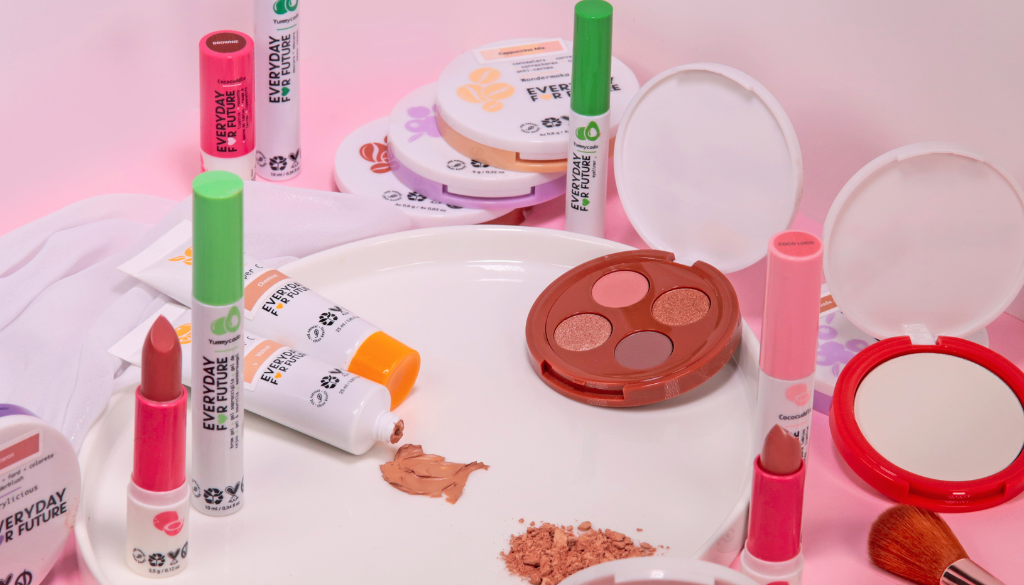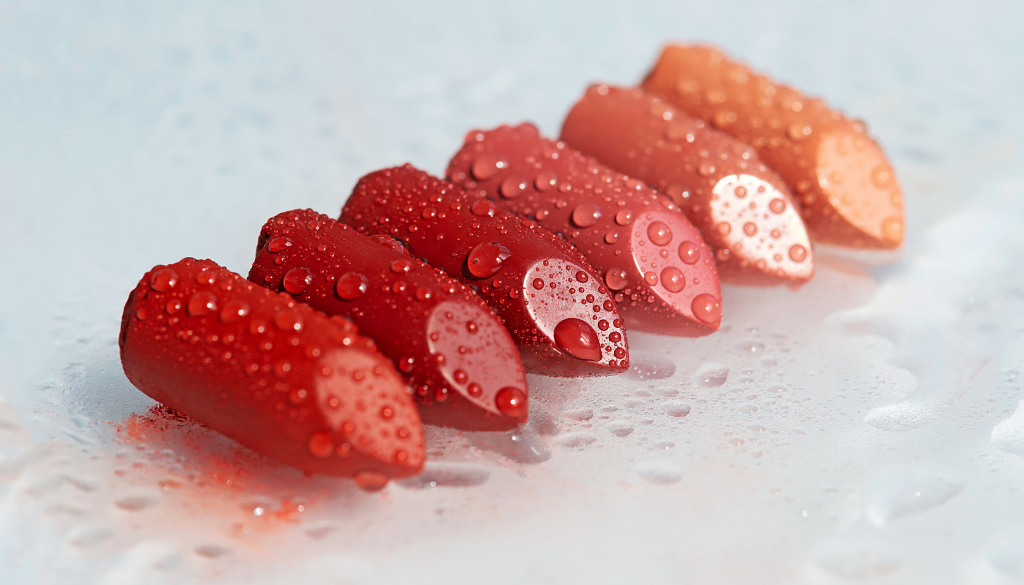
Clean Beauty – Less is more
CLEAN BEAUTY: THE NEW TREND FORM THE WORLD OF COSMETICS
The world of cosmetics is changing and with it the consumer’s perception of the products to use for their skin is also changing.
We therefore tend to prefer ingredients that are sustainable, environmentally friendly and vegan.
The advantage brought by clean beauty is certainly in environmental terms, but it also represents a great advantage for cosmetics companies that want to expand towards more sustainable products.
Clean beauty, in fact, offers the possibility for a company to be able to enhance itself in the world of cosmetics from an ethical and environmental point of view, carefully choosing the ingredients to use for its products and taking care of the needs of the final consumer.
LESS IS MORE: THE PILLAR OF CLEAN BEAUTY
Clean beauty sees the concept of sustainable and conscious beauty as its main pillar.
In everyday life we are constantly exposed to different chemical substances, most of which are found in nature, while others derive from human activities and are present in water, food and various everyday products, as well as cosmetics product.
The reduction of ingredients in the formulation, therefore also represents a reduction in exposure to these synthetic materials.
This pushes companies to adopt a new way of looking at the world of make-up and skincare, no longer focusing on complex processes, but adopting the “less is more” line of thought, which involves the entire production, starting from the research of raw materials, moving on to the choice of packaging and arriving at how to convey the message to reach the final consumer so that he is aware of the products he is using.
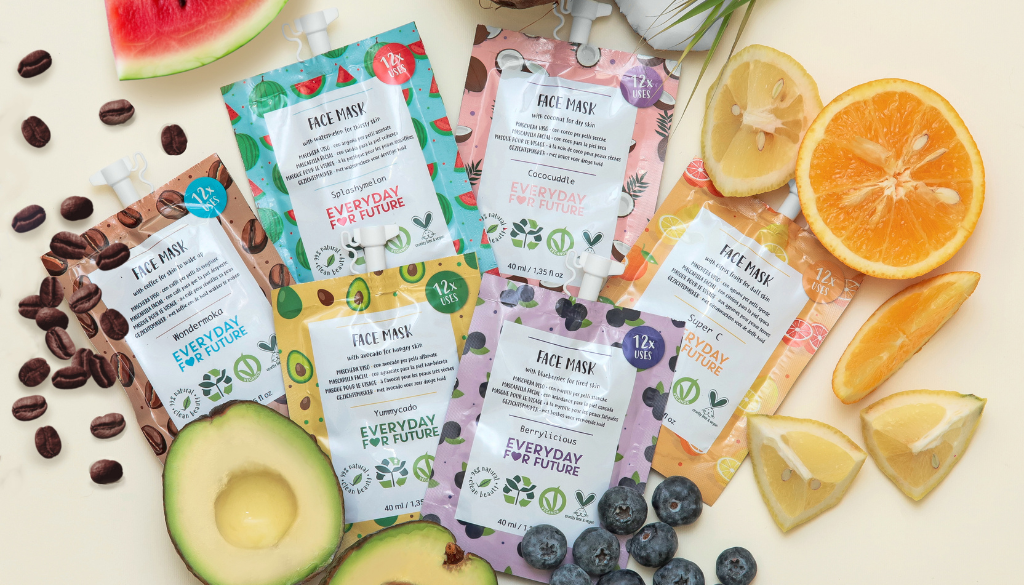
Which ingredients are on the black list?
So what are the ingredients that have been included in the black list?
In addition to the almost 1.400 substances already banned by the European cosmetic regulation in 2009, Everyday for Future has also decided to avoid the use of other chemical compounds.
Below are all the ingredients that have been removed from our formulas to pursue the clean beauty ideology:
- Mineral oils and derivatives: substances that derive from petroleum refining, non-biodegradable, and used as low-cost hydrating compounds;
- EDTA (Ethylenediaminetetraacetic acid): chelating agents that serve to sequester metal ions, which can negatively influence the stability and appearance of cosmetics. They re suspected of being eye irritants and pollutants because they re not very biodegradable;
- Microplastics: particles composed. of mixtures of polymers and functional additives, solid and insoluble in water, with dimensions less than 5 mm and with a high environmental impact;
- Formaldehyde releasers: substances used, under certain conditions, as preservatives. They are able to release formaldehyde, which is a toxic and carcinogenic substance;
- BHA (beta hydroxyl acid) and BHT (butylated hydroxytoluene): synthetic compounds used for their strong antioxidant power. They are suspected of being carcinogenic and endocrine disruptors;
- Silicones: synthetic polymers insoluble in water. They are used as skin and hair conditioners. The release of these substances into the water is very persistent and bioaccumulating;
- Parabens: molecules used for their antibacterial and anti fungal action. they are suspected of being endocrine disruptors;
- Sulfates, SLS (Sodium Laurel Sulfate), SLES (Sodium Laureate Sulfate): aggressive surfactants, potential irritants for skin and eyes.
The “Everyday for Future” project, as the name suggests, wants to offer anyone the opportunity to be sustainable every day, without having to give up taking care oof themselves. And this is also made possible thanks to the use of ingredients that are natural and environmentally friendly.
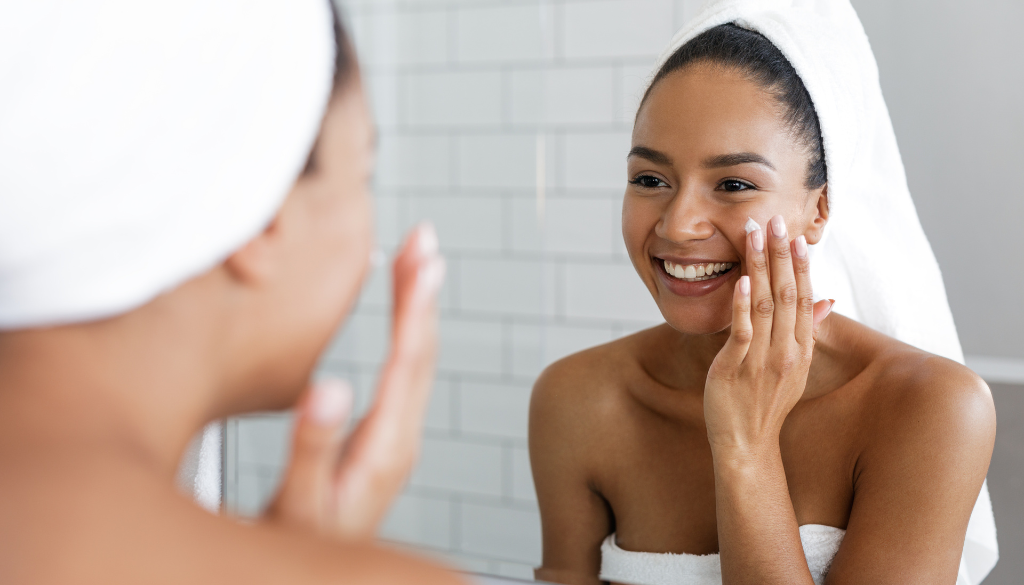
Skin microbiota
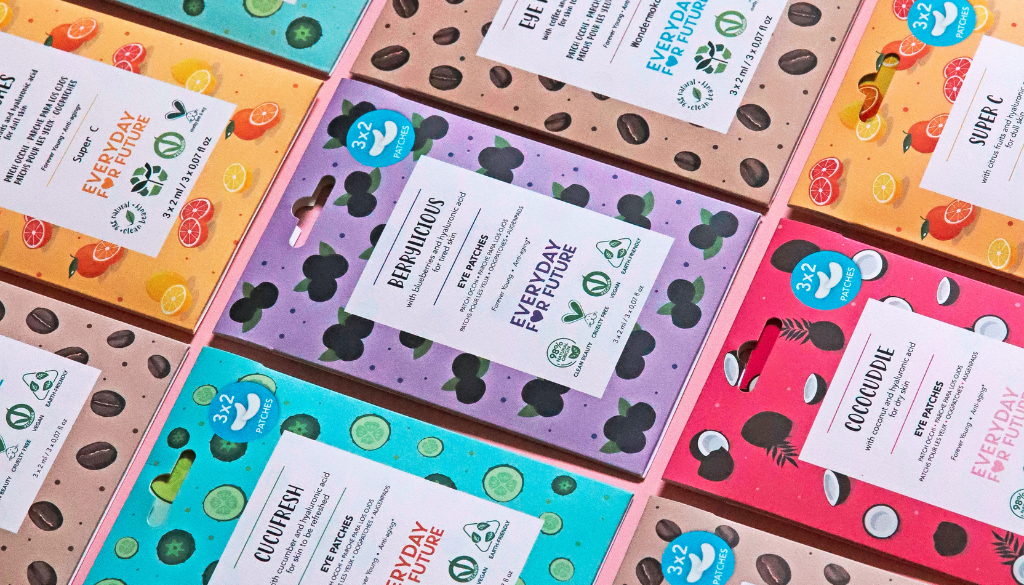
Clean Beauty – Skincare & Make-up
